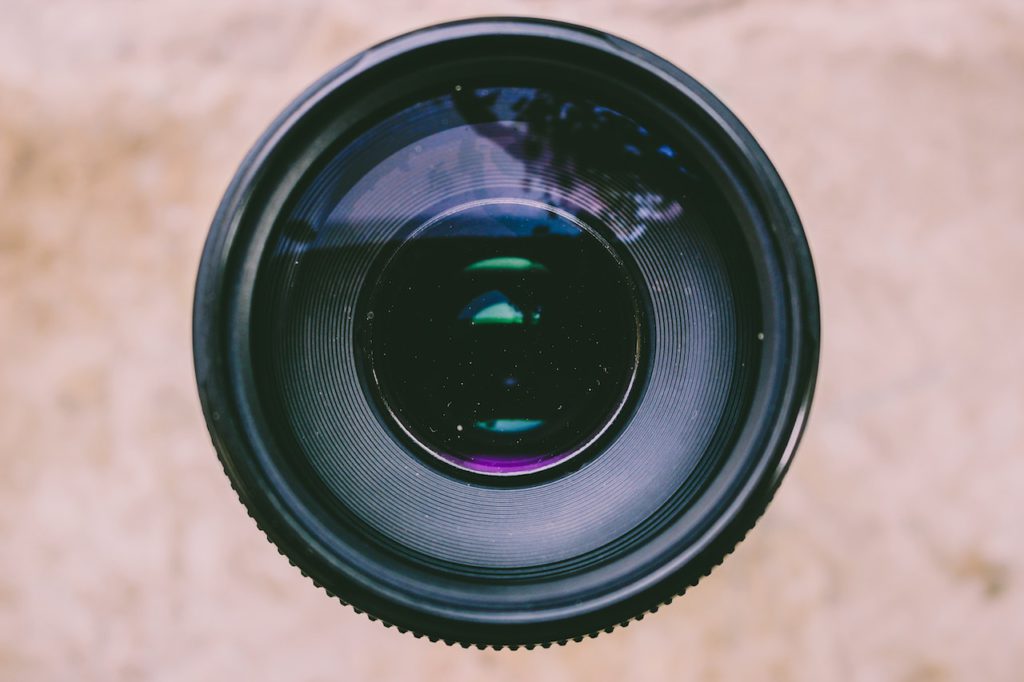:
In photography, camera lenses are more than just pieces of glass; they are the windows through which photographers view and capture the world’s beauty. Every camera lens is unique, offering distinct characteristics that enable photographers to shape their vision and create stunning images. In this article, we will explore the fascinating world of camera lenses, their types, and their incredible power in photography.
Understanding the Basics of Camera Lenses
Before delving into the specifics of camera lens, it’s essential to understand the fundamental role they play in photography. At its core, a camera lens focuses light onto its image sensor or film. This process is what transforms the real world into a photograph.
Types of Camera Lens.
1. Prime Lenses: These lenses have a fixed focal length, meaning they cannot zoom in or out. While this might seem limiting, prime lenses are prized for their exceptional image quality and wide apertures, which allow for beautiful background blur (bokeh).
2. Zoom Lenses: Zoom lenses offer variable focal lengths, allowing you to zoom in and out to compose your shot. They are versatile and suitable for various photography styles, from landscapes to wildlife.
3. Wide-Angle Lenses: These lenses have a short focal length and a wide field of view, making them perfect for capturing expansive landscapes, architecture, and tight spaces. They exaggerate perspective, creating dynamic and dramatic images.
4. Telephoto Lenses: Telephoto lenses have long focal lengths, enabling you to zoom in on distant subjects. Telephoto lenses compress perspective, making background elements appear closer to the topic.
5. Macro Lenses: Designed for extreme close-up photography, macro lenses allow you to capture intricate details of small subjects like flowers, insects, or jewellery. They provide 1:1 magnification, ensuring sharp and highly detailed images.
6. Fisheye Lenses: Fisheye lenses have an ultra-wide field of view and produce distorted, spherical images. They are a creative choice for unique and artistic photography, particularly in architecture and abstract subjects.

The Power of Camera Lenses in Photography
1. Creative Control: Different lenses offer various creative possibilities. A prime lens with a wide aperture can create a dreamy, shallow depth of field, while a wide-angle lens can emphasize vast landscapes. Understanding your lenses empowers you to craft the image you envision.
2. Versatility: Owning a variety of lenses allows photographers to adapt to different shooting situations. A landscape photographer might need a wide-angle lens for sweeping vistas and a telephoto lens for distant subjects. A portrait photographer may prefer a prime lens for its flattering bokeh.
3. Image Quality: High-quality camera lenses can significantly impact image sharpness, contrast, and colour accuracy. Professional photographers often invest in top-tier lenses to ensure image quality.
4. Low-Light Performance: Lenses with wide apertures, such as f/1.4 or f/1.8, excel in low-light conditions. They allow more light to reach the sensor, making them ideal for indoor photography and nighttime shooting.
5. Artistic Expression: Camera lenses are tools for artistic expression. The lens choice can convey your photographs’ mood, perspective, and storytelling. A wide-angle lens might emphasize the vastness of a landscape, while a macro lens can reveal the intricacies of a delicate flower.
Tips for Choosing and Using Camera Lenses
1. Know Your Needs: Determine your photography style and subjects. Do you primarily shoot landscapes, portraits, or macro photography? Understanding your needs will guide your lens selection.
2. Consider Your Budget: High-quality camera lenses can be a significant investment. However, there are excellent options for various price ranges. Consider buying used or refurbished lenses to save money without compromising on quality.
3. Learn Lens Terminology: Familiarize yourself with lens specifications, including focal length, aperture, and lens mounts. This knowledge will help you make informed choices when selecting lenses for your camera.
4. Experiment and Practice: Each lens type requires a different approach to photography. Take the time to experiment and practice with different lenses to become proficient in their use.
5. Protect Your Lenses: Invest in lens filters, hoods, and caps to protect your lenses from dust, scratches, and UV rays. Keep your lenses clean and free from smudges for optimal image quality.
Camera lenses are the key to unlocking the full potential of your photography. From capturing breathtaking landscapes to revealing the finest details of the world around us, camera lenses are the tools that allow photographers to craft their art. Understanding the various types of lenses and their unique capabilities empowers photographers to choose the right lens for the job and create images that inspire, evoke emotion, and capture moments for years to come. So, whether you’re a seasoned professional or a budding enthusiast, embrace the power of camera lenses and let your creativity shine through your photography.



